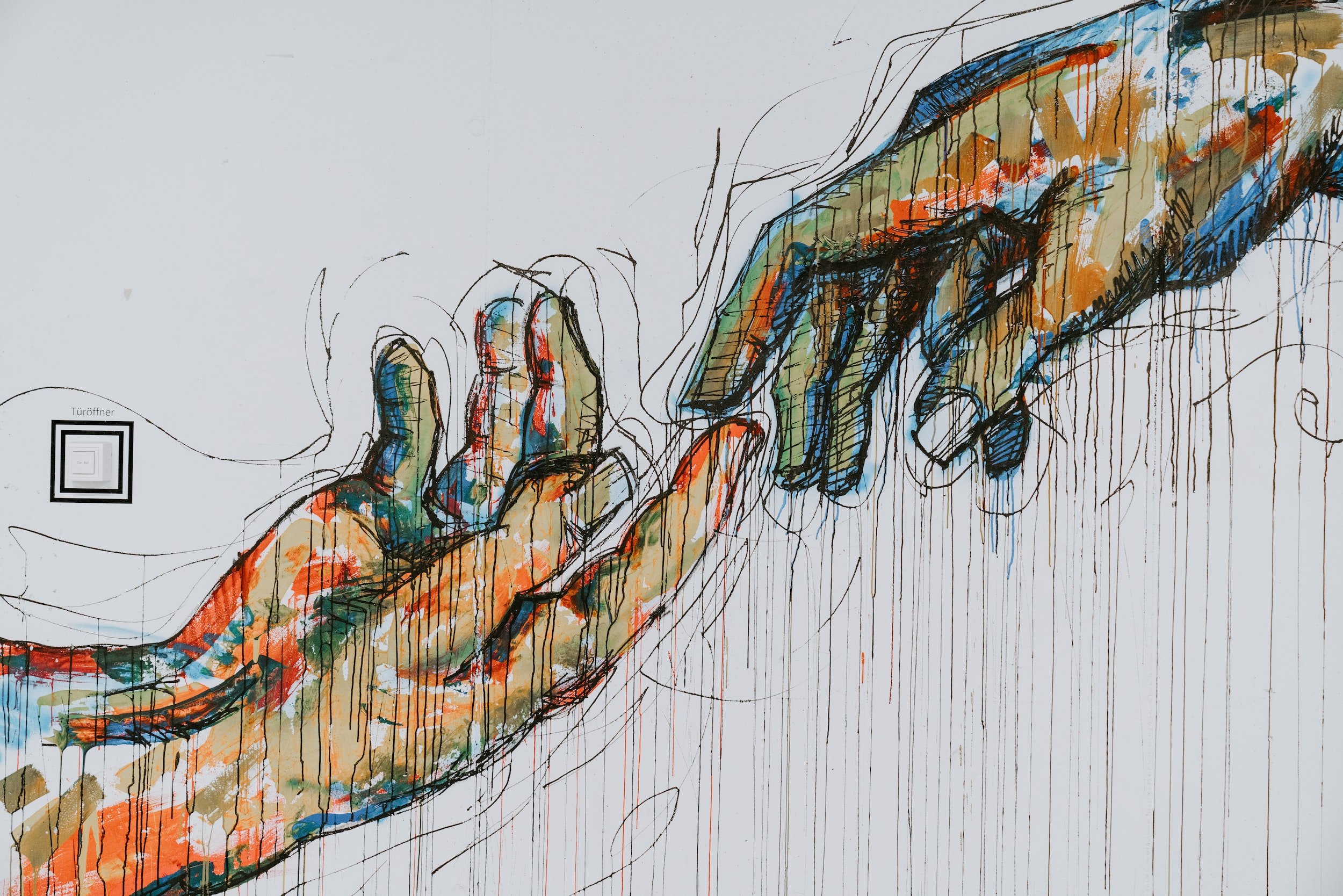The Role of Art in Diplomacy: Embassy Collections and Cultural Exchanges
Embassy collections can include artwork that represents the host nation's culture and history, as well as works by artists from the country the embassy represents. These collections serve as a reflection of a nation's identity and can help forge connections between diplomats, artists, and the public. For example, the U.S. Department of State's Art in Embassies program has been curating temporary and permanent exhibitions for U.S. diplomatic facilities since 1963, showcasing American art and providing a platform for cultural diplomacy.
Cultural exchanges, such as artist residencies, exhibitions, and collaborative projects, can help build bridges between nations and promote understanding on a deeper level. A notable example is the British Council's Artist International Development Fund, which supports collaborations between artists from the United Kingdom and other countries. These exchanges can result in new artistic perspectives and innovative ideas that enrich the global art community.
Furthermore, art can serve as a powerful diplomatic tool in times of conflict or strained relations. By promoting dialogue and cultural exchange, art diplomacy can help pave the way for more constructive and positive interactions between nations.
In conclusion, the role of art in diplomacy, through embassy collections and cultural exchanges, demonstrates the power of art to connect people and foster understanding. By engaging with diverse artistic perspectives and cultural traditions, diplomacy among nations.

